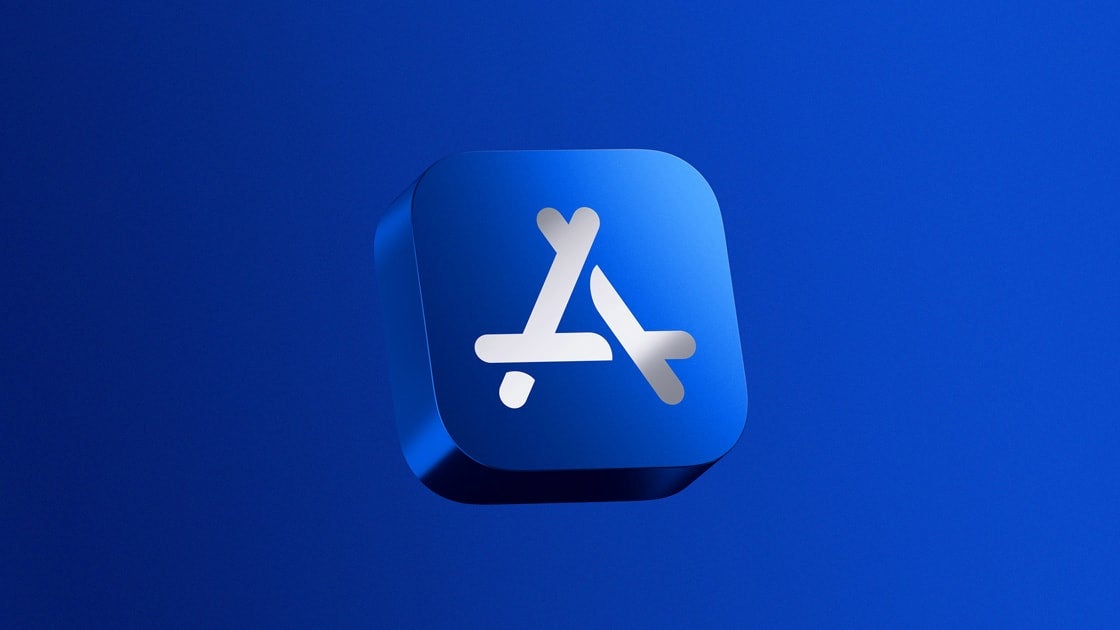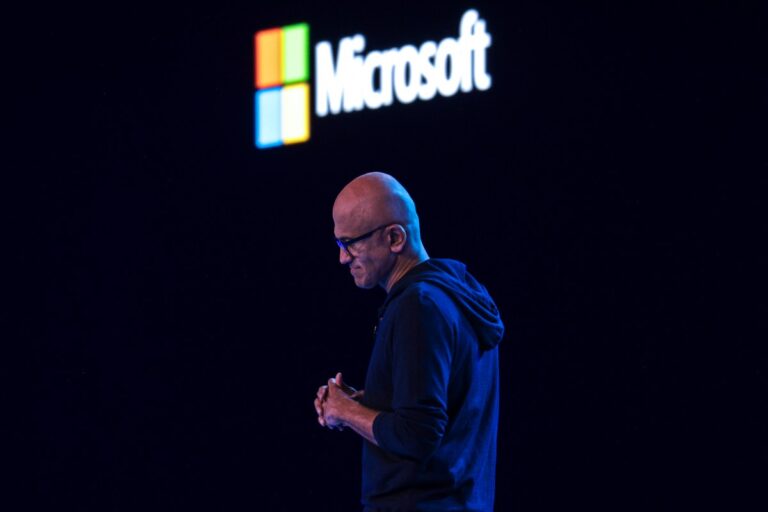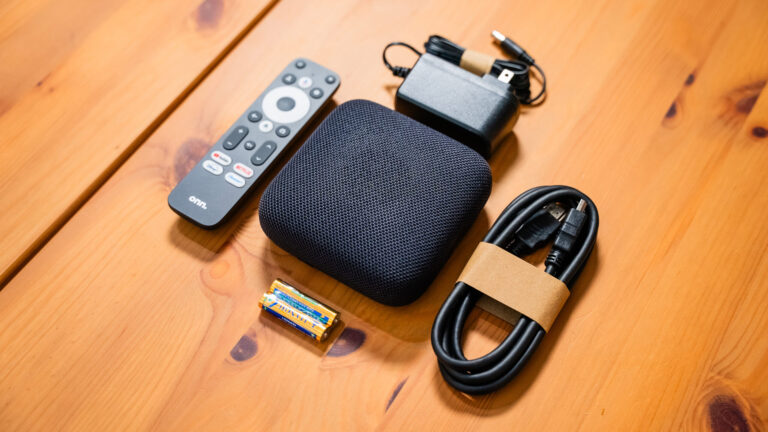$406 billion moved through the App Store last year and most of it skipped Apple’s cut
According to a new study backed by Apple, the App Store facilitated $406 billion in developer billings and sales in 2024 in the US alone and over 90% of that didn’t result in any commission going to Apple.
For more than 15 years, the App Store has created incredible opportunity for app developers, entrepreneurs, and businesses of all sizes. That includes the many US developers who are innovating, building their businesses, and finding exceptional success on the App Store. We’ll continue to invest in powerful tools, technology, and resources to help developers in the US and around the world take their apps to new heights and create transformative experiences for users.
App Store growth by the numbers

In 2024 alone, the App Store helped drive a massive $406 billion in developer billings and sales in the US. | Image credit – Apple
In 2024, the App Store ecosystem in the US broke down like this:
- $277 billion from physical goods and services (think retail shopping, food delivery, travel)
- $75 billion from in-app advertising
- $53 billion from digital goods and services (like in-app purchases, subscriptions, etc.)
Apple says spending on physical goods and services has more than tripled since 2019. Travel and food delivery even passed ride-hailing in 2024. Meanwhile, digital goods and in-app ad spending more than doubled.
Gaming remained the top-earning category, but productivity, education and business apps also saw strong growth.
Global spotlight on US devs
Apple says US-based developers are finding success worldwide, with their apps ranking among the top 5 most downloaded in 170 out of 175 storefronts. The App Store’s global payment and commerce system is a big reason why developers are able to monetize easily around the world.
The company is also rolling out more tools to help developers grow, including updates to App Store Connect, better analytics and new features like App Store Accessibility Nutrition Labels coming later this year.
Why does “90% no commission” actually make sense?
So, back to that 90% figure – it’s not that Apple suddenly got generous. It’s more about how it defines what counts as App Store-related revenue. If someone buys a meal through a restaurant’s app or grabs an item off Amazon, Apple facilitates that transaction by hosting the app but doesn’t take a cut.
But when it comes to digital goods – like game items, subscriptions or premium features – Apple definitely takes its slice. It’s 15% for smaller devs and 30% for the bigger ones. That cut has been the center of a lot of criticism and legal fights, like the battle with Epic Games that recently forced Apple to allow alternate payment options in the US.
Apple says its fee covers way more than just processing payments. It points to things like fraud prevention, customer support, app discovery and tight integration across devices. Still, for many developers, that 30% feels steep – especially when their entire business depends on in-app purchases.
What started back in 2008 as a pretty simple setup – devs make apps, Apple takes a small cut – has now become one of the biggest platforms in the world. And the debate over how it monetizes that ecosystem isn’t going away anytime soon.






